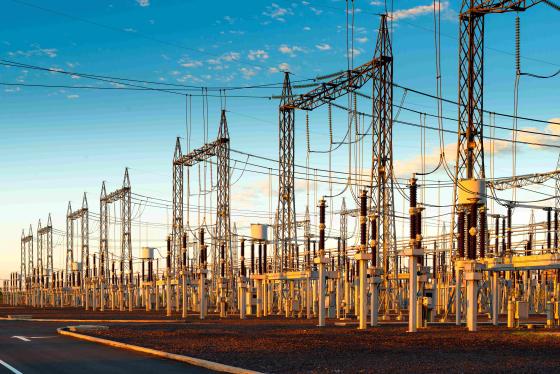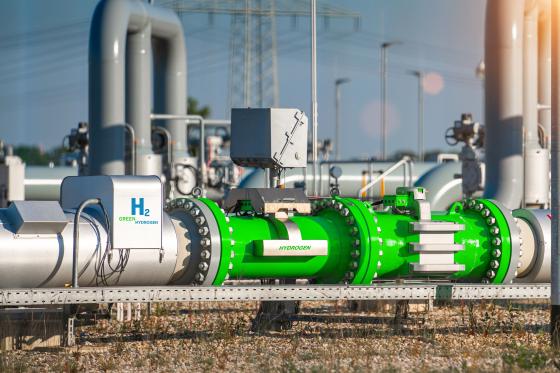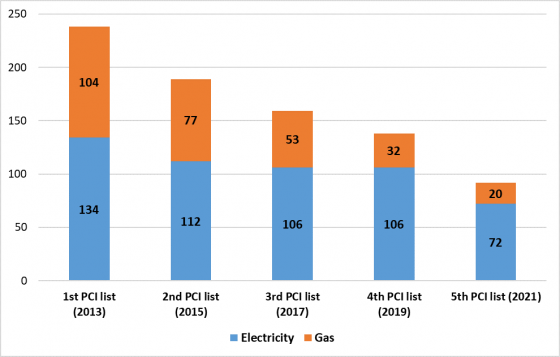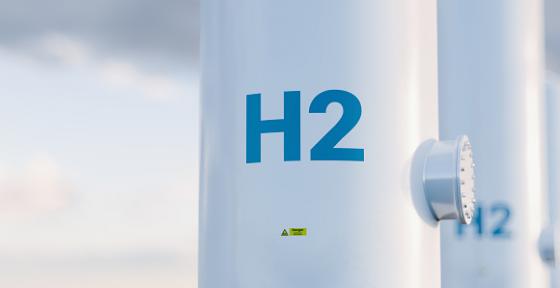Network tariffs
Network tariffs
The tariff setting process

National Regulatory Authorities (NRA) have the duty of fixing or approving transmission or distribution tariffs or their methodologies in Europe.
Tariff methodologies should reflect the fixed costs of transmission and distribution system operators and provide appropriate incentives to them to increase efficiencies, fostering market integration and security of supply, supporting efficient investments and related research activities; as well as facilitating innovation in the interest of consumers in areas such as digitalisation, flexibility services and interconnection.
Network tariffs shall, inter alia, be:
-
Cost-reflective
-
Transparent
-
Non-discriminatory
-
Taking into account the need for network security and flexibility
The Tariff setting process consists of three steps:
-
The allowed revenues (including the remuneration method for TSO/DSO costs) and other relevant costs are determined.
-
The tariff structure is defined.
-
The costs are allocated to each of the tariff structure's items (i.e. charges paid by network users).
Network tariffs
What’s the role of ACER?
Pursuant to the Electricity Regulation, at least every two years, ACER shall provide and update a report on electricity transmission and distribution tariff methodologies' best practices. ACER takes into account national specificities in this evaluation. National regulatory authorities should as well consider these best practices before fixing or approving the tariffs.
Documents
















